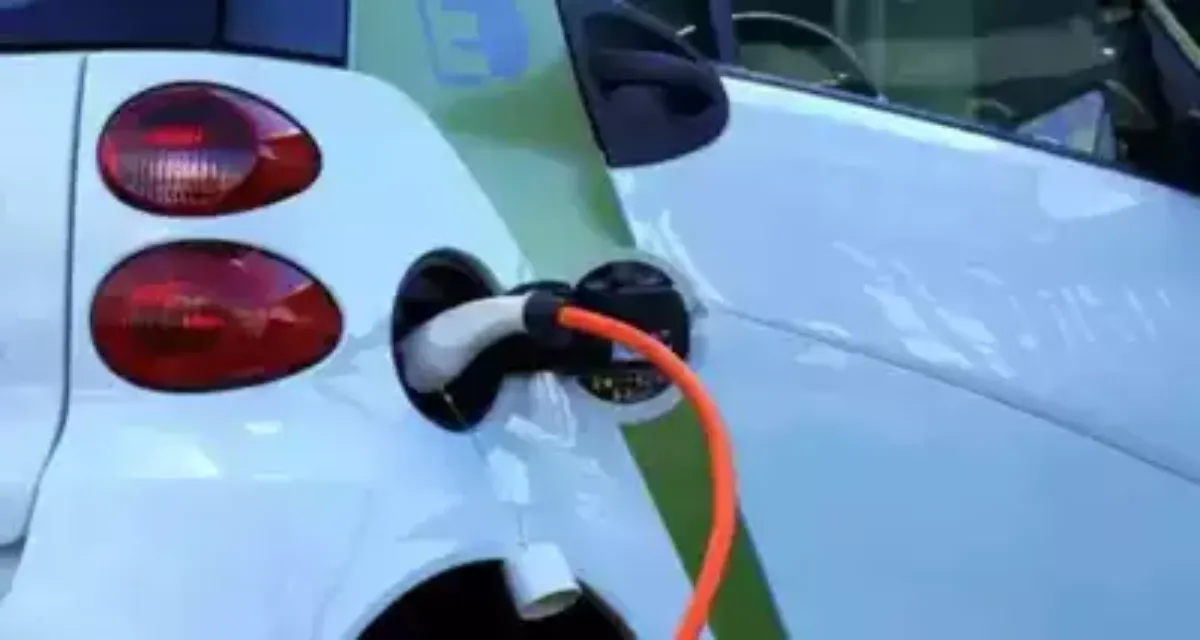

Finance Minister Nirmala Sitharaman is poised to present the Union Budget for 2024-25 on Tuesday, July 23. This will mark her seventh consecutive budget presentation and the first under Prime Minister Modi's third term following the BJP's victory in the 2024 Lok Sabha elections. As the automotive sector eagerly anticipates the budget's impact, key areas of focus are expected to include new policies for electric vehicles (EVs), the FAME III scheme, and potential changes in taxation and subsidies that could reshape the industry.
The Faster Adoption and Manufacturing of Hybrid and Electric Vehicles (FAME) scheme has been pivotal in promoting EV adoption in India. With the ambitious target of making 30 percent of total vehicle sales EVs by 2030, the introduction of FAME III is anticipated to play a crucial role in accelerating this transition. Industry experts are expecting FAME III to introduce several new initiatives aimed at boosting EV adoption and manufacturing.
One of the primary expectations is an increase in subsidies for EV buyers, which would make electric vehicles more affordable and attractive to the general public. Additionally, FAME III could incentivize companies to establish battery manufacturing plants within India. This move would not only support local manufacturing but also strengthen India’s position in the global EV supply chain.
Moreover, a focus on research and development in battery technology is anticipated, which could lead to advancements in battery efficiency, longevity, and cost-effectiveness. This aligns with the broader goals of the government’s Make in India initiative, which seeks to enhance domestic capabilities and reduce reliance on imports.
FAME III is also expected to include provisions for expanding EV infrastructure, particularly through the introduction of a comprehensive Battery Swapping policy. This initiative aims to address the challenges associated with long charging times and range anxiety, making EV ownership more convenient and practical.
Additionally, there may be a push to increase the number of commercial electric vehicles on the road. Supporting the transition to electric buses, trucks, and delivery vans could significantly reduce emissions and improve air quality, especially in urban areas.
The Goods and Services Tax (GST) on hybrid vehicles has been a point of concern, with current rates at 43%—just below the 48% tax imposed on internal combustion engine (ICE) vehicles. With the evolving landscape of vehicle technologies, there is a strong possibility that the budget will propose a restructuring of GST to make hybrid vehicles more competitively priced. This could stimulate greater interest and adoption of hybrid technologies as a transitional solution towards full electrification.
In addition to EV-focused measures, the budget might also address alternative fuels such as biofuels and compressed natural gas (CNG). Policy changes in these areas could further diversify the fuel options available for Indian vehicles, supporting a more sustainable and flexible approach to reducing emissions.
Another area of focus could be the Vehicle Scrapping Policy, which aims to incentivize the disposal of older, more polluting vehicles and replace them with newer, cleaner models. The budget is expected to introduce new subsidies under this policy, encouraging vehicle owners to participate in scrapping their old vehicles. This initiative would not only aid in reducing vehicular emissions but also stimulate demand for new vehicles, benefiting the automotive industry.
As Finance Minister Nirmala Sitharaman prepares to unveil the Union Budget for 2024-25, the automobile sector is eagerly awaiting the details that will shape its future. With a focus on EV policies, the introduction of FAME III, potential restructuring of GST, and new subsidies under the Vehicle Scrapping Policy, the budget has the potential to drive significant changes in the industry. The government's continued support for electric vehicles, coupled with infrastructure enhancements and policy reforms, reflects a strong commitment to transforming India’s automotive landscape towards a more sustainable and technologically advanced future.
Also Read: